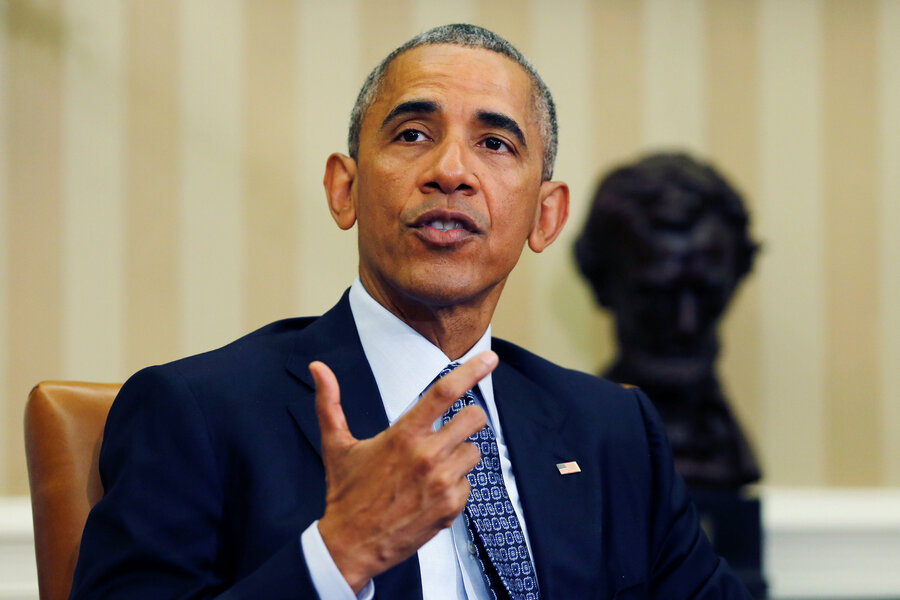US drones killed as many as 116 civilians under Obama, White House reveals
Loading...
| Washington
The White House said Friday that as many as 116 civilians have been killed by drone and other U.S. strikes in Pakistan, Yemen and Africa since President Barack Obama took office in 2009.
In its first public assessment, the administration said the death toll was between 64 and 116 civilians between January 2009 and December 2015, which is significantly lower than civilian casualty estimates by various human rights groups.
Those range as high as 1,100 killed.
The number of combatants killed in those 473 strikes was between 2,372 and 2,581.
Seeking to create a precedent for his successor, Obama signed an executive order that details U.S. policies to limit civilian casualties and makes protecting civilians a central element in U.S. military operations planning.
The order requires an annual release of casualty estimates. It says the government should include "credible reporting" by non-government groups when it reviews strikes to determine if civilians were killed.
But the directive won't necessarily be binding on the next president, who could change the policy with an executive order of his or her own.
While sketchy details often emerge about individual drone strikes, the full scope of the U.S. drone program has long been shrouded from view. It is a key tool of Obama's counterterrorism strategy.
The administration did not disclose where the civilian deaths occurred, but said their numbers excluded areas of "active hostilities" like Afghanistan, Iraq and Syria. Obama, who ramped up drone warfare after taking office, has ordered CIA and Defense Department air attacks in Pakistan, Yemen, Libya and Somalia and possibly other locations. The numbers do not include civilians killed during U.S. military operations where there are American forces on the ground.
Human rights groups have long claimed that the administration undercounts civilian casualties and the new information is unlikely to satisfy them entirely.
The London-based Bureau of Investigative Journalism, for instance, has estimated anywhere from 492 to about 1,100 civilians killed by drone strikes in Pakistan, Yemen and Somalia since 2002.
Federico Borello, executive director of Center for Civilians in Conflict in Washington, applauded Obama for the executive order. He said his group probably would call on Congress to codify it into law so that future presidents cannot throw it out.
"This is something that we've been working on for 10 years," he said. Having civilian protections "in the heart of military planning is a big deal."
Reprieve, an international human rights organization based in New York, says the administration's previous statements about the drone program have been proven to be false by facts on the ground and the U.S. government's own internal documents.
"But more importantly, it has to be asked what bare numbers will mean if they omit even basic details such as the names of those killed and the areas, even the countries, they live in," Reprieve said in a statement ahead of the administration's announcement.
It said the administration almost show how it define targets, given that it has "shifted the goalposts on what counts as a 'civilian' to such an extent that any estimate may be far removed from reality."







